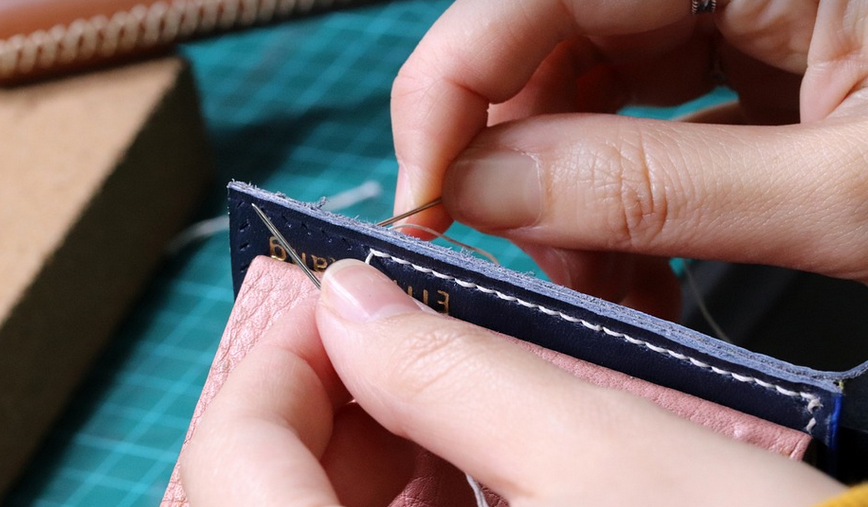The Evolution of Protective Gear
Armor, the protective gear worn by warriors throughout history, has undergone a fascinating evolution from rudimentary shields to sophisticated, intricate pieces of technology. While we often think of steel as the gold standard in armor, leather and mail have played pivotal roles in warfare for centuries. Leather, a natural material easily shaped and molded, emerged early on as an accessible protection against injury. Mail, with its woven metal strands, offered both protection and maneuverability.
Leather’s earliest use dates back to ancient civilizations like the Egyptians, who crafted basic leather shields and gauntlets. The development of tanning techniques allowed for more durable and flexible hides, making them capable of protecting against cuts and blows. Romans, Greeks, and later medieval Europe saw Leather armor flourish as a standard in battles and skirmishes. From simple breastplates to intricately decorated outfits, their use expanded with the times.
The Dance of Metal and Hide
Mail armor, on the other hand, owes its existence to a much older technology: weaving metal thread tightly together. This technique, known as “mail,” emerged in the ancient world, allowing for a more robust and flexible form of protection. Early examples were crude but functional, with individual scales forming tight-knit squares that could withstand blows. Over time, this evolved into intricate weaves, often incorporating decorative elements that offered both protection and style.
One hallmark of mail armor was its ability to be lightweight yet incredibly durable. The weave allowed for a greater degree of mobility than other forms of armor. While not as protective against blunt force impacts as plate armor, it proved significantly more resistant to piercing attacks from swords and spears. The use of chainsmail, a particularly robust type of mail armor, allowed fighters to move freely while providing a level of protection comparable to leather.
The combination of leather and metal offered a unique advantage: a balance between protection and mobility. Leather provided shock absorption and flexibility, allowing for greater range of motion compared to heavy plate armor. It also served as a barrier against cold temperatures. Metal, on the other hand, added durability and resistance to piercing attacks, particularly vital in close-quarters combat.
The Legacy of Leather and Mail Armor
Despite the advent of plate armor, which offered superior protection against slashing injuries and blunt force impacts, leather and mail armor have continued to hold a special place in history. The unique blend of flexibility and durability made them enduring classics in battlefields and in historical reenactments.
Leather armor, particularly during the Renaissance and later periods, saw a resurgence in popularity among those who valued its practicality and aesthetic appeal. It was an embodiment of chivalry and nobility, a symbol of strength and resilience. Its widespread adoption in various cultures cemented its legacy as an iconic component of historical attire.
Mail armor’s influence is also enduring. Its lightweight design and effectiveness against piercing weapons have led to its continued use in reenactment events and military simulations. Modern-day armor can be seen as a direct descendant of the intricate weaves of mail, with advanced materials and engineering techniques enabling more efficient and protective forms of body armor.
Modern Applications: A Lasting Legacy
Today, leather and mail armor continue to hold value in various contexts. Leather serves as a popular material for motorcycle jackets and other protective gear due to its durability and flexibility. Its use has also been extended into the field of fashion. The unique aesthetic of mail armor continues to be admired by those who appreciate its historical significance.
While modern armor technology may have surpassed the effectiveness of leather and mail in many modern combat situations, their legacy remains intact. They serve as a reminder of a time when strength, resilience, and protection were essential for survival. Their impact on warfare and culture continues to resonate through time.
